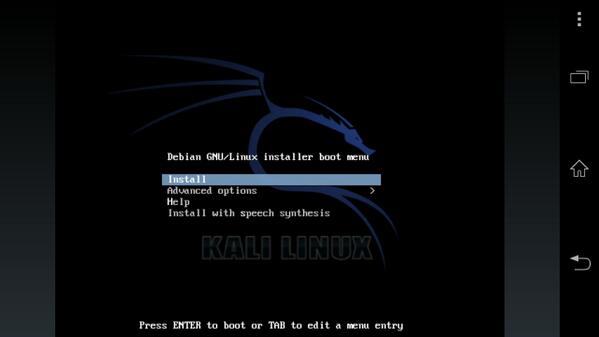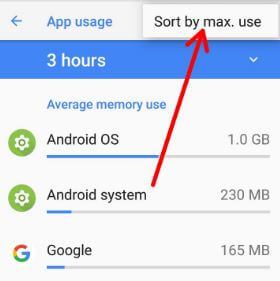

- #No bootable device limbo emulator how to
- #No bootable device limbo emulator install
- #No bootable device limbo emulator drivers
- #No bootable device limbo emulator driver
Follow this link from your smartphone and download Limbo PC Emulator to your device. It will pinpoint error causes and improve PC stability.As I said before, Windows XP will boot and run very slow so consider using Windows 95 (image also included in the link) if you’re not patient because it will boot much faster than windows XP.
ms-settings Commands in Windows 10 (Settings Page URI Shortcuts)Īdvertisement PCRepair is a powerful easy-to-use cleanup & repair tool for your PC. Disable Windows Defender Security Center Tray Icon. Disable Windows Defender Security Center. #No bootable device limbo emulator install
Generic Keys to Install Windows 10 version 1909. Reduce Reserved Storage Size in Windows 10. Defer Feature Updates and Quality Updates in Windows 10 Version 2004. Disable Web Search in Windows 10 Taskbar. Features Removed in Windows 10 version 20H2. Windows 10 Version 20H2 System Requirements. Sign-in Automatically to User Account in Windows 10 Version 2004. #No bootable device limbo emulator how to
How to Install Windows 10 Version 2004 With Local Account. Delay Windows 10 Version 2004 And Block It From Installing. Download Windows 10 Version 20H2 Official ISO Images. set up a VirtIO Block Device hosting the main system vhdx. #No bootable device limbo emulator driver
a removable hard drive hosting the VirtIO driver package vhdx. and plug four virtualized USB devices into it use some scratch space for UEFI variable storage (e.g. (This is similar to the build provided by Googulator in that I reverted two VGA commits. use my recompiled TianoCore EDKII ArmVirtPkg firmware, with minor edits to re-enable VGA support and include a whimsical boot logo to discourage serious usage. virtualize a Cortex A57 CPU (with 3 cores). The batch file provided above will configure QEMU to emulate the following device: 
#No bootable device limbo emulator drivers
Note: During setup, you will need to provide VirtIO drivers (browse to the mounted disk). drive if=none,id=system,format=raw,file=.\system.vhdx drive if=none,id=drivers,readonly=on,file=.\drivers.vhdx ^ drive if=none,id=install,format=raw,media=cdrom,file=.\_PRERELEASE_CLIENTCOMBINED_UUP_ARM64FRE_EN-US.ISO ^
To start your virtual machine, use the following batch file: qemu-system-aarch64.exe ^. Create a new system.vhdx file of 23GB or larger (fixed size, not expanding, initialized using GPT partitioning scheme). Download the UEFI firmware and recompiled/signed arm64 storage drivers package. It is adapted to build ISO images for ARM. Now, download the UUP files to ISO converter from here. For example, you can use the following web site created by adguard. Download the Windows 10 (arm64) ESD/UUP files from any trusted source. To install Windows 10 for ARM in QEMU, do the following. 
Keep in mind that it won't support network because of missing drivers. Here are steps you need to take to get Windows 10 for ARM working in QEMU. While Windows 10 runs slowly inside QEMU, it is good enough to see what exactly Windows 10 for ARM is.

The software supports emulation of the AArch64/ARM64 architecture, so it can be used to install Windows 10 for ARM. With QEMU, it is easy to emulate a completely different set of hardware from the physical hardware you have. QEMU is a free and open-source hosted hypervisor that performs hardware virtualization.








 0 kommentar(er)
0 kommentar(er)
